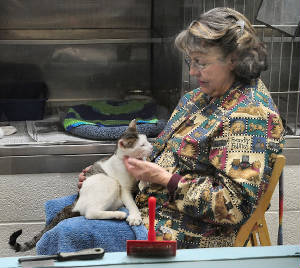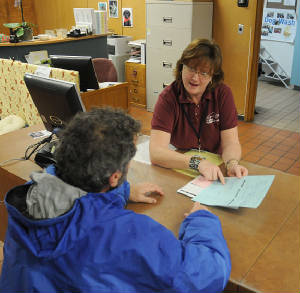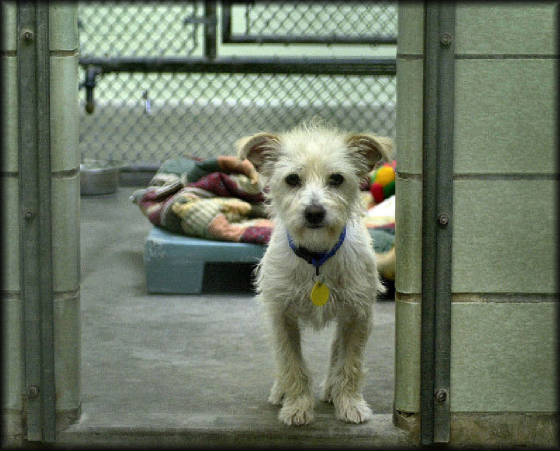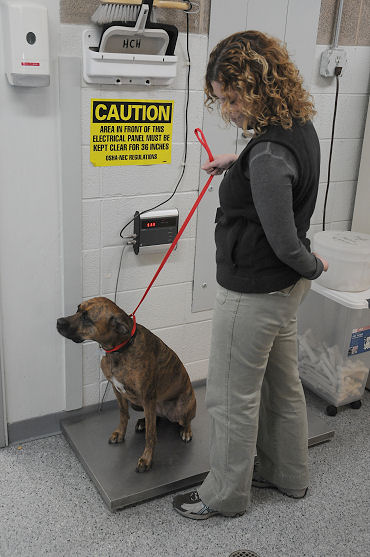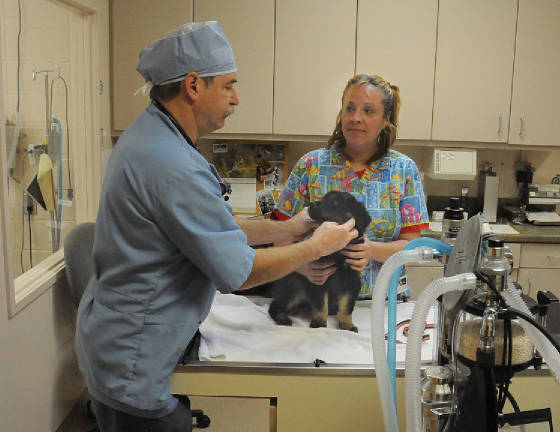|
Most important, "Animal Friendly-Customer Smart:"

• Teaches appropriate responses under demanding circumstances.
• Helps us leave an interaction with a sense of "a job well done."
• Helps the animals in the long run.
Animal welfare, protection and rescue customers are all different--
|
In a nutshell, the workbook:
When can the workbook be used?
What methods does the workbook use to train staff and volunteers to be Customer Smart?
How many copies of the workbook do we need? Each staff member and volunteer will benefit from their own copy so they can take notes, highlight sections and refer to the materials as needed. The 2024 Edition has two new chapters and content,
some new photos and updated content What does the workbook look like inside?
Chapter 1: Your role in interacting with the public, or “Hey I didn’t sign up for this!”
Chapter 2: The Filters We Wear and the Snap Judgments We Make
Chapter 3: The Art of Shaping Outcomes
Chapter 4: The Art of Setting the Tone
Chapter 5: The Martial Art of Customer Service: Verbal Aikido Tools---
# 1: Remember why customers get upset
# 2: Raise customer esteem
# 3: Don’t instigate or elevate anger
# 4: Calm the situation
# 5: Avoid words that flip the anger switch
# 6: Be assertive, not aggressive
# 7: Survive saying “no”
# 8: Stabilize quickly after a very bad, difficult, or simply odd interaction
# 9: Help coworkers during difficult interactions
#10: Give and get respect
#11: Fortify team work
#12: Trash triangulation
#13: Go to the coach!
Chapter 6: Why Customers Get Angry
Chapter 7: The Secret Life of Words
Chapter 8: Positively In-Charge
Chapter 9: The Adult in the Room
New!
Chapter 10: Recovering
Chapter 11: A Culture of Teamwork and Caring
Chapter 12: Say Yes to a Happy, Balanced Life New!
|
Some customers immediately show a love of animals.
Some customers can be difficult.
Some may need you to be very Customer Smart.
Some need extra time and patience
Some customers just need a smile and some information
The animals benefit if we deal
well with the people! "Toby Waits," award winning photo by Sumner W. Fowler
Weighing in
Puppy check in the clinic
|



